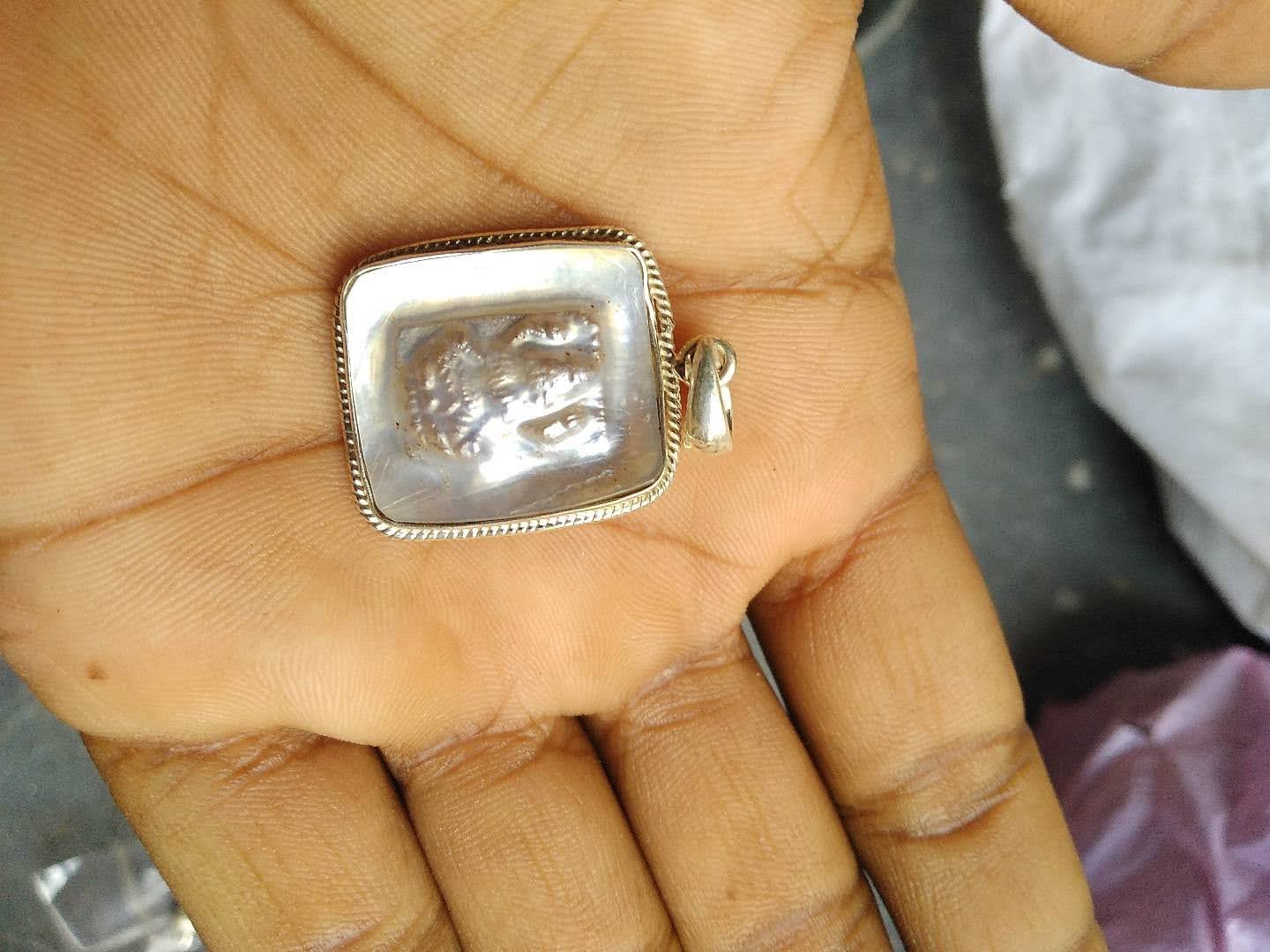PEARL FARMING TRAINING

Pearl cultivation is done in the same way as a pearl is prepared naturally. Here also you have to make pearls from oyster itself.
It can also be started at a small level to cultivate pearls. For this, you have to build a pond of 10 x10 feet or 25×20 feet.In pond/lake, you can start producing pearls by rearing 100 oysters. The price of each oyster in the market is 15 to 25 rupees.We will train you in pearl farming, so you can attain financial freedom!
There are three types of pearls
Cavity- Pearl is prepared by inserting a foreign body through operation inside the oyster. It is used in making rings and lockets. A pearl costs thousands of rupees due to its shine.
Gonet- It has a naturally formed round-shaped pearl. Pearls are shiny and beautiful. The cost of a pearl varies from 1 thousand to 50 thousand according to the size and luster.
Mantle tissue- In this, only part of the oyster’s body is inserted inside the oyster. This pearl is used in making food items like pearl bhasma, chyawanprash, and tonic. It has the highest demand in the market.
Methods of oyster surgery in pearl production
Depending on the location of the surgery, it is of three types
- Center of surface
- Cell surface
- Surgery of reproductive organs. The main ingredients used in this are bead or nuclei, which are made from shells or other calcium-rich materials
















Surgery of the center of the surface: In this procedure, both its shells are separated by a 4 to 6 mm diameter shaped bead-like Ganesha, Buddha, etc. This involves separating the surface with surgical instruments. An attempt is made that the designed portion is towards the surface. After placing it there the oyster is closed, leaving little space.
Surface Cell Surgery: Here the oyster is divided into two parts – donor and recipient shell. The first step of this process is the preparation of its pen (small parts of the covered cell). For this, a strip of a surface is made on the edges of the oyster which is of the donor portion. It is cut into two smaller pieces of 2/2 mm which are designed within the receiving oyster. It is of two types – nucleus and non-nucleus. In the first, only the cut portions, ie grafts, are inserted, whereas in the nucleus one graft part is inserted as well as a small nucleus of two millimeters. It is kept in mind that the grafts or nuclei do not come out.
Surgery of reproductive organs: In this also, the above procedure of pen making is followed. First, a cut is placed along the breeding area of the oyster, after which a pen and 2-4 millimeters of the nucleus are inserted in such a way that both the nucleus and the pen can be interconnected. It is taken care that the nucleus continues to touch the outside of the pen and there is no need to cut the bowel during surgery.
Pearl farm
Designer Pearl














Tools





















